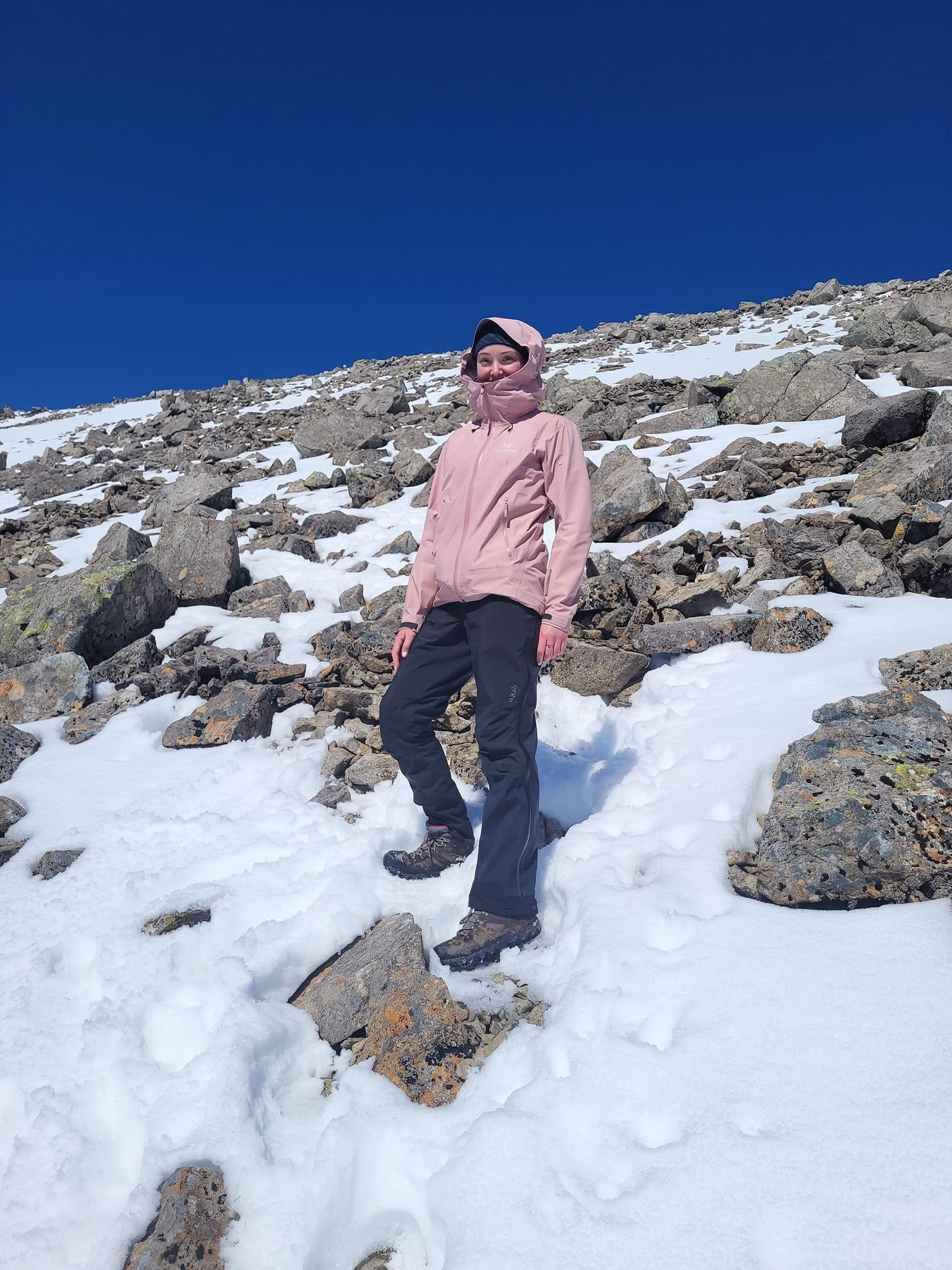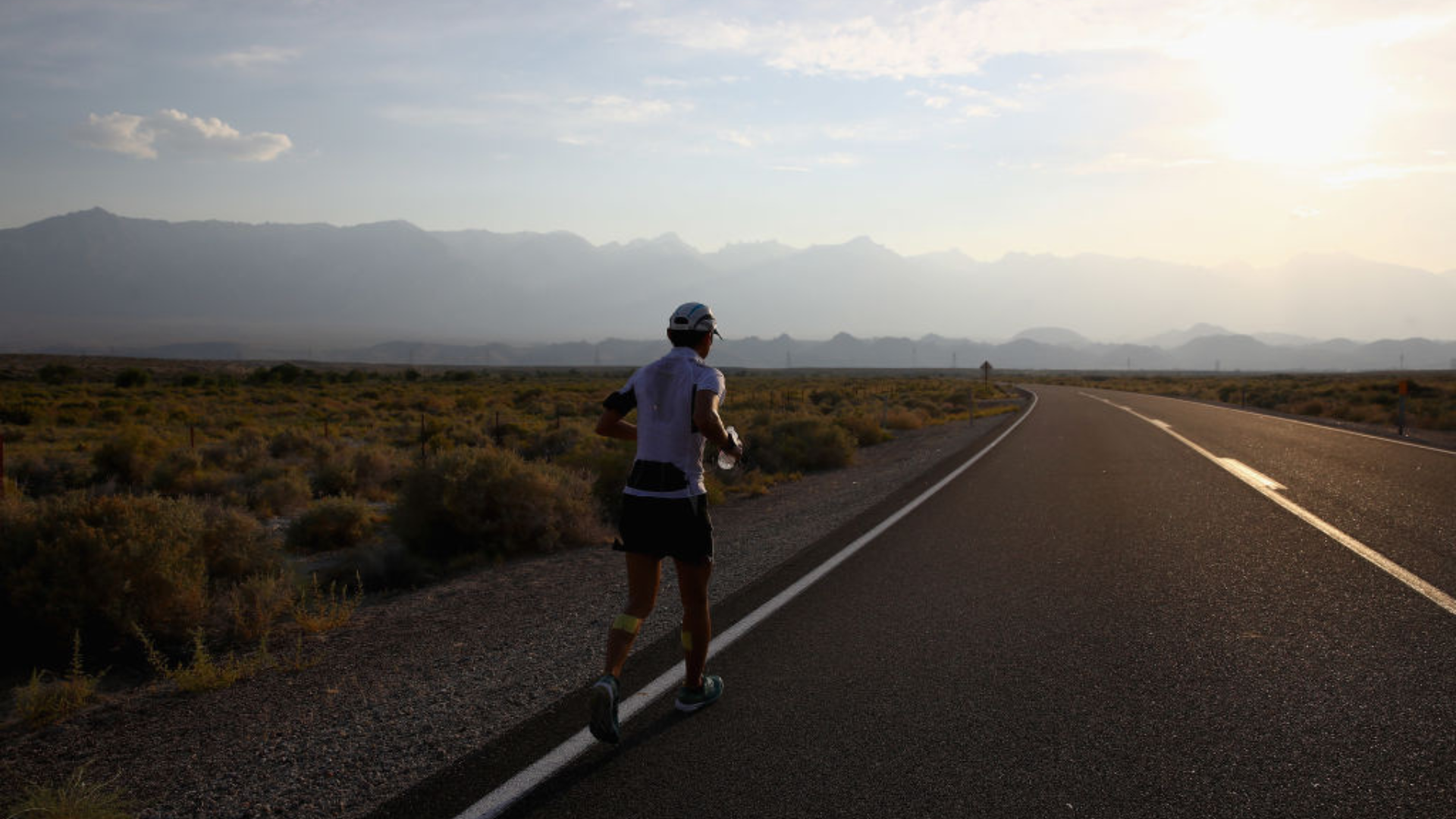How to ski bumps: 7 expert tips to tackle this tricky terrain
Making your way down the mountain is difficult enough without having to contend with moguls or bumps, but there's no need to avoid those choppier ski runs
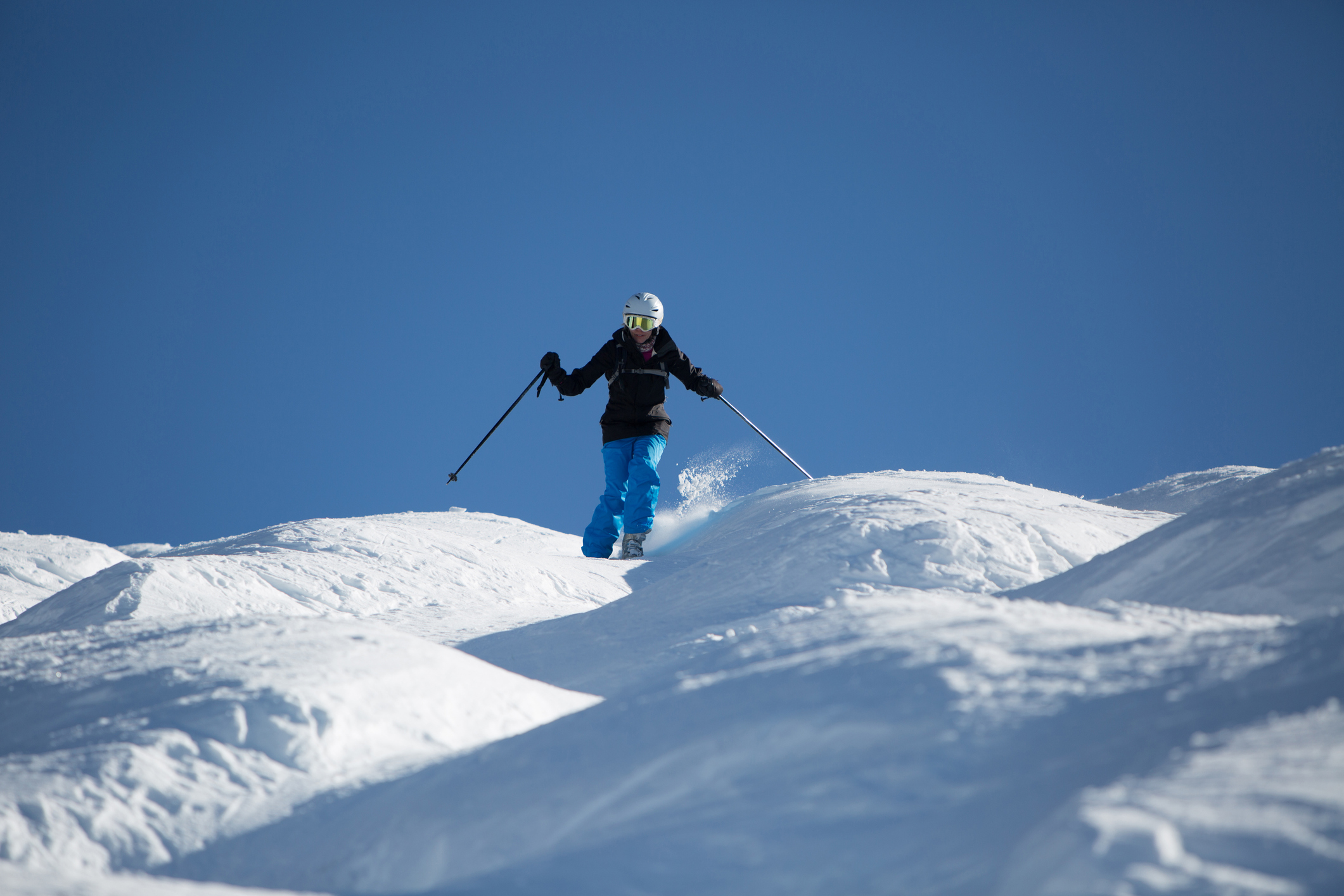
Skiing is challenging enough without throwing extra obstacles into the mix. Turn a beautifully groomed run into choppy waves of hard-packed bumps, and you'll have to change your technique entirely. If you've mastered your turns on steep yet smooth runs, the next step is taking on this tougher terrain, but where do you start?
If you're not accustomed to them, trying to ski bumps – also known as moguls – is a humbling affair. You might be breezing down groomed blacks with ease, but try to take on an uneven surface and you'll likely find yourself tumbling at every other turn.
Navigating your way down moguls can be demoralizing for beginners or intermediate skiers, but the added challenge is hardly surprising. Your balance, coordination, and reaction times will all be put to the test as you flow through the peaks and troughs, continuously adjusting your body position to adapt to the terrain and maintain control. It's like riding a mountain bike down rocky outcrops after a lifetime of racing on paved roads.
If you want to learn how to make your way down a bumpy ski run, practice makes perfect. The best place to start is with a ski lesson from a qualified instructor, but it can also help to read up on the proper technique before you head out. Equipping yourself with these skiing tips will help you anticipate what's to come so you can start applying the best technique with more precision. Before you know it, you'll be ready to tackle moguls head-on.
What is the best way to ski bumps?
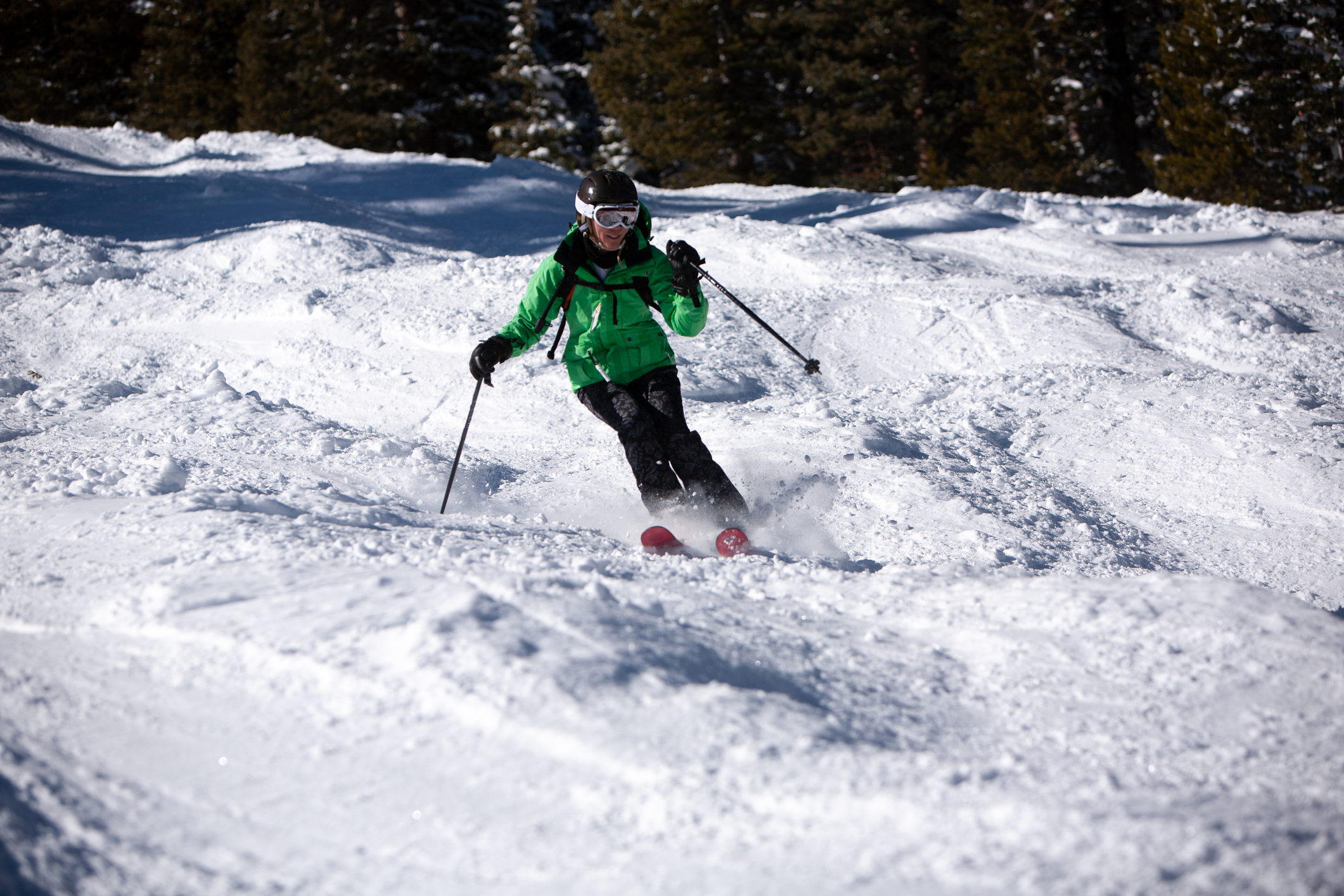
You've mastered groomed runs and powder skiing, the next level on your ski progression map is moguls. Like moving from your "pizza" to parallel "French fries" when learning to turn on skis, the best way to ski bumps will differ depending on your experience.
Before we dive into technical tips, Steffan Shaw, a Level 4 instructor at Banff Sunshine Village Ski Resort, talks us through three different methods for skiing bumps.
"Up and over"
Advnture Newsletter
All the latest inspiration, tips and guides to help you plan your next Advnture!
This is the easiest way to control yourself while skiing bumps, making it the best choice for beginners. "You want to bend your knees and ski over the top of the bumps," Steffan explains. "When you find a bump you like you can turn on it, and begin to traverse the opposite way over the bumps."
"Around the bank"
Another type of fall line is known as "around the bank". This means skiing around the bumps, following the "grooves" or "valleys" around them. "When skiing around the bump you want to keep your weight centered," says Steffan. "This option can be paced nice and slow, planting your pole in the middle of the bump."
"Zipper line"
The most advanced option for skiing bumps is known as the zipper line. This is where a skier takes a direct line down the hill with minimal turns, "zipping" between the bumps with fast, agile movements. "For this technique, you need to center your weight and engage your core, keeping your stance narrow," says Steffan. "In the zipper line, you never fully turn around the bump. When planting your pole, do so on the top of the bump to help change the direction of your skis."
7 tips for skiing bumps
These three levels of skiing bumps are in chronological order. As a beginner, start with the "up and over" technique to get familiar with the feel of moguls and build your confidence. Eventually, you'll progress to the zipper line, but keep in mind this isn't the sort of advancement you can make in one ski season alone.
No matter what stage you're at when skiing bumps, there are some tips and tricks that can be applied across the board. From perfecting the pole plant to finding the form, here's what you need to know.
1. Choose the right gear
You don't necessarily need specific gear in order to ski bumps, but the right equipment will help. For example, you might be able to get away without choosing the right ski length on green runs, but ill-fitting skis will soon become clear when you take on moguls.
"When looking to go out and ski moguls, a thinner, shorter ski of around 88-90mm underfoot and a straighter side cut (not a lot of shape from tip to tail) will be easier to get on and off your edges and feel easier to control," explains Jonah Drescher, Manager at Christy Sports, Arvada. "Shorter poles will also help you reach the bumps and keep your core downhill, while a mid-flex or shorter boot will also help you stay up in a stacked position."
2. Plan your line of attack
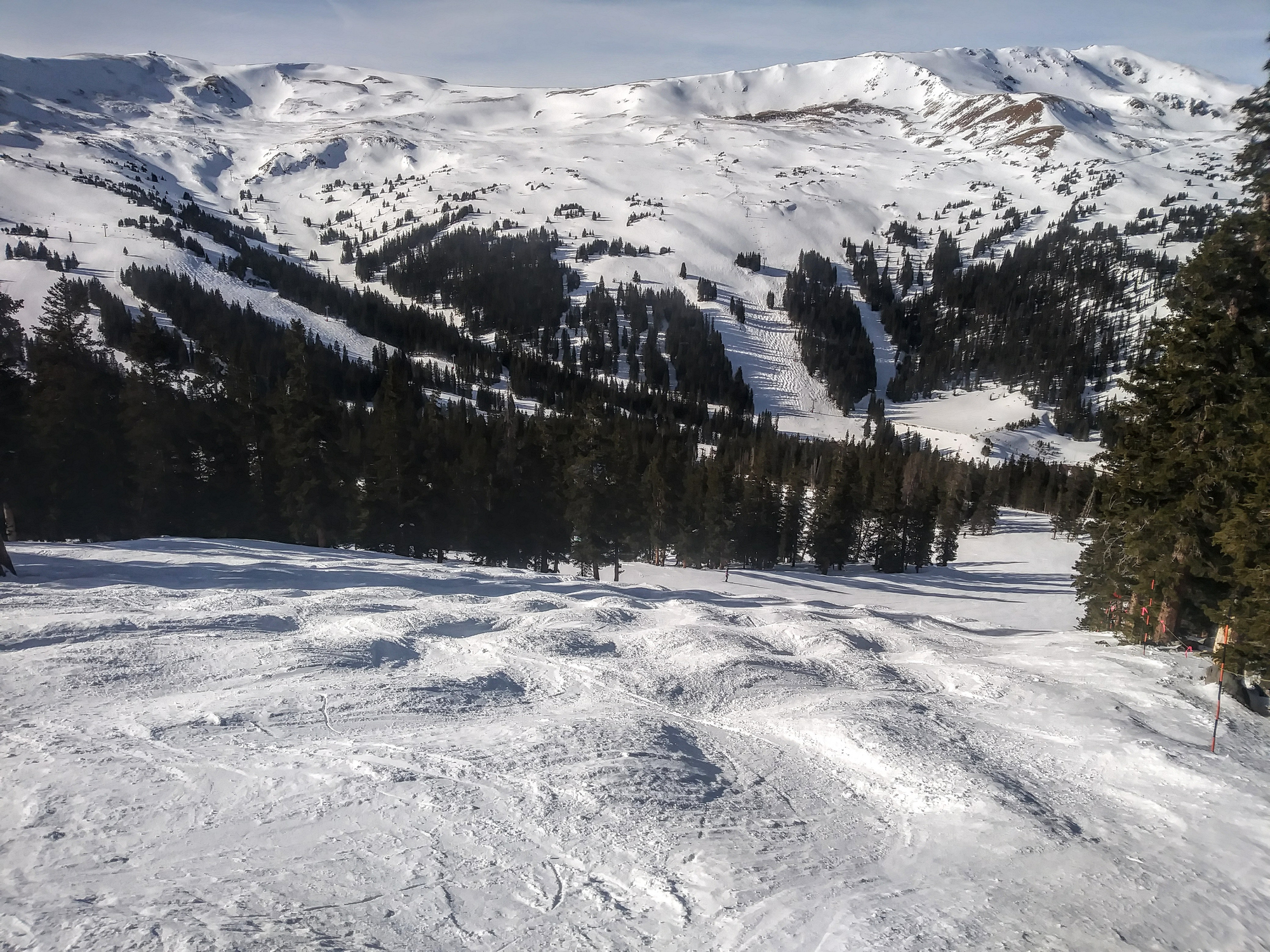
Once you've gained experience on bumps you'll be able to ski freely down a run of moguls without much second thought. In the early days, however, it pays to pick a line of attack.
"First, take a couple of deep breaths and look at the run you are about to conquer. This helps us relax and get our mind and body ready," says Jonah. "Next, pick your line down the run. This is a big part of being confident in the moguls by knowing where we want to go. If we have a plan then our mind can let our body do the skiing." For beginners, Jonah suggests choosing a lower-pitch run with smaller or more spread-apart moguls. "This will take the pitch out of the equation and let you concentrate on your fall line and absorption," he says.
On the other hand, try not to overthink your fall line too much. If you don't feel in control, change course by traversing a bit further or using the top of a bump to slow you down.
3. Stay low
Skiing is a game of balance. Whatever terrain you're on, you're constantly having to adjust your weight to control your turns and make your way down the mountain. When it comes to form, a common mistake beginners make is taking a backseat by putting their weight too far back on their skis. Instead, the best way to guarantee control and prevent ski injuries is to stay low with your knees bent, ensuring your shins have contact with the front of your ski boots.
This is especially important when skiing bumps. The added undulation means your feet will typically be at different heights while the tips of your skis will rise over the moguls, meaning balancing becomes even more challenging. To help maintain control, you should stay low (probably even lower than feels necessary).
Jonah emphasizes the importance of this "stacked up" body position to move and absorb the terrain. "The body weight should be in the front of our boots, while the upper body is tall with the lower body bent at the knees," he says. "When done correctly, our shoulders, hips, and toes are all in line, with our core leading the way."
4. Remember to pole plant
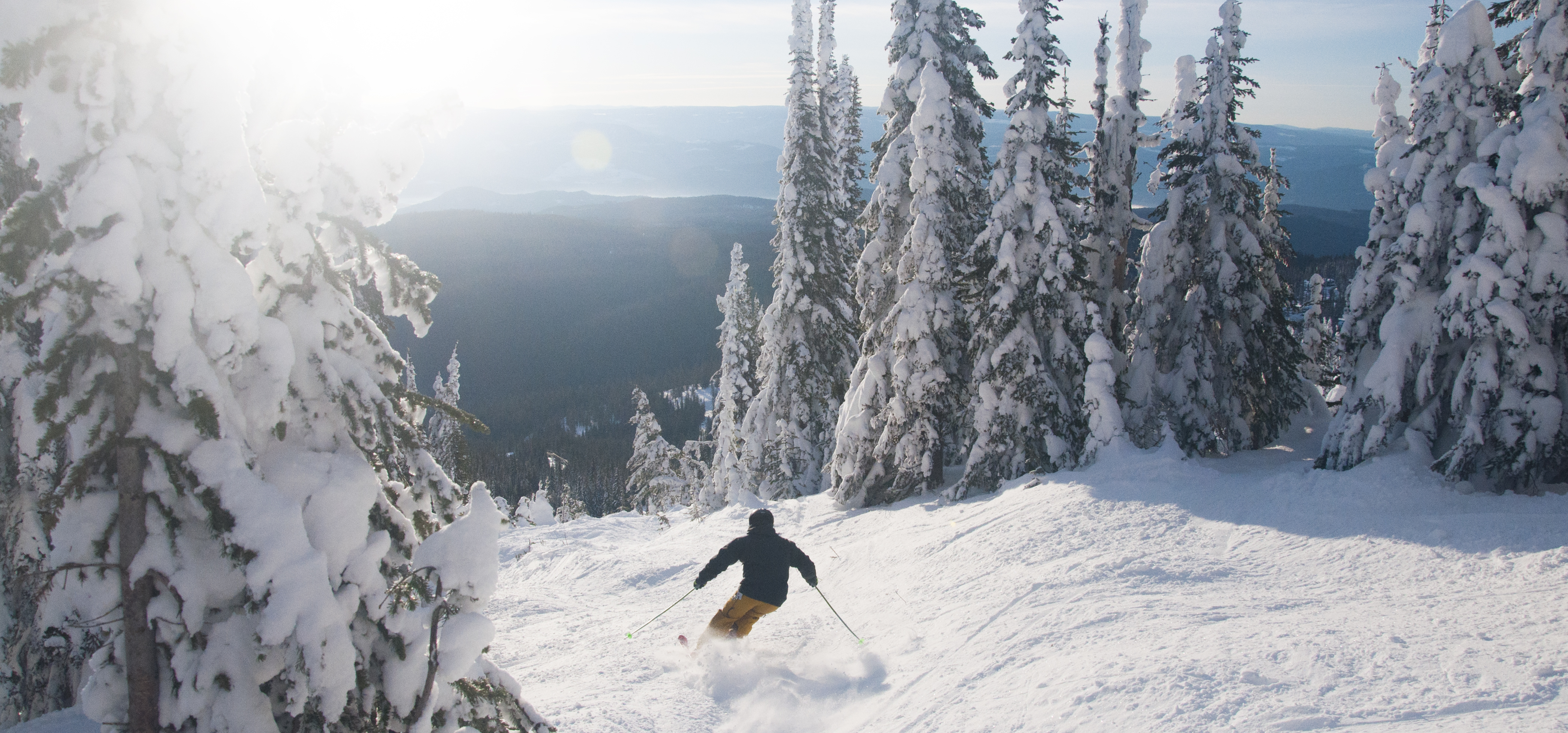
You might not consciously use your poles on a smooth groomed run, but you certainly will when bumps are involved. Not only will it help with your balance (and help you to get up after falling on skis...) but pole planting forces you to make committed turns around (or on top of) the moguls.
To use your poles, focus on actively swinging them down the fall line to help release the edges of your skis between turns, making it easier to pivot around the bumps. Don't plant them too firmly though as some bumps and be soft on the top.
Learning how to pole plant doesn't only help with your balance and rhythm, but it's a great way to master good coordination, too. Jonah says a good mogul technique is all about following our hands and eyes. "Our bodies naturally follow our hands and eyes down the slope, so start in your stacked position and reach with your pole towards the top or backside of the mogul below," he says. "Keep your eyes a few turns ahead of you so that your brain knows where to go and your body can follow."
5. Start your turn early
When skiing bumps, you'll need to start your turns slightly earlier than you usually would. The trick is to anticipate the terrain, knowing that the carved-out shape of the valleys will propel you in a particular direction. This way, you utilize the natural rebound energy to propel you into the next turn, moving with more fluidity.
"Release the turn to start the next one under the ball of our foot (or front of our boot)," says Jonah. "As you approach the mogul, pull your feet up towards your chest to match the shape of the terrain (absorption). This is a way to be proactive and make skiing moguls smoother. Repeat until you get to where you planned on stopping."
6. Practice turns on groomed runs

It goes without saying, but the more control you have on groomed runs, the better your control will be on bumpy terrain. "If you're serious about taking on the bumps, you can practice all of the actions above on groomed runs," Jonah says. "Get into your stacked position, look down the hill, and practice reaching with your pole. Engage and release your turns as quickly as you can while keeping your core and shoulders down the fall line. Skiing in the bumps will be very much the same but with absorption added."
7. Have confidence!
Finally, be confident! Like most winter sports, skiing favors the brave. Bumps might be scary at first and a few falls are inevitable, but don't let that knock you back.
Remember that mastering moguls will also hugely improve your overall skiing ability. "When we start getting more comfortable skiing even small, low-pitch moguls, we become better skiers all over the mountain," says Jonah. "This is because when we become comfortable skiing through undulating or uneven snow, we allow our lower body to absorb unexpected terrain. This makes us stronger and more confident when things change under our feet on any type of run, from groomers to trees."
Like every other skill in skiing, practice makes perfect. "Start small, but get out there in the bumps," says Jonah. "Smile, breathe, and conquer!"
Lilith is a freelance writer and trail runner based in the Derbyshire Dales. Living on the doorstep of Dovedale, she loves nothing more than heading out into the peaks to explore a new hill route. Besides running, she's also a keen hiker. Having finished the three peaks alongside her Dad, the pair are now turning their attention to the Lake District's Wainwrights and Scotland's Munros for 2025. At weekends, you'll likely find her running a fell race or scrambling up one of Derbyshire's limestone hills.
